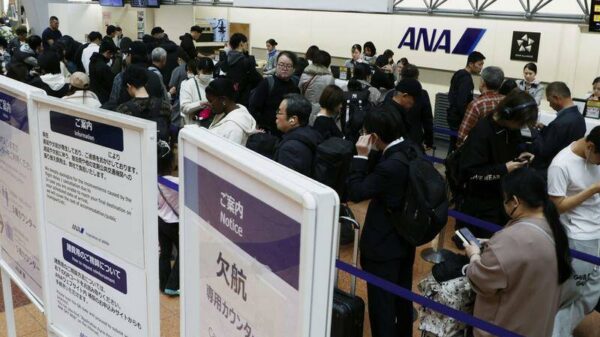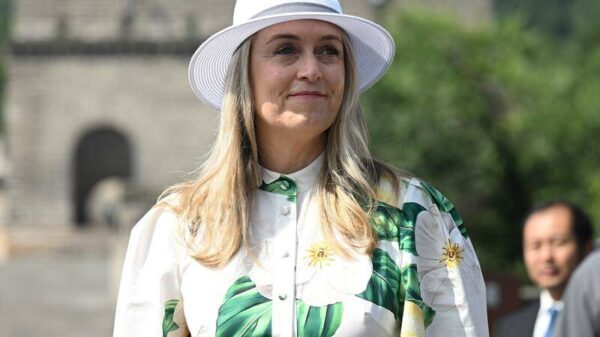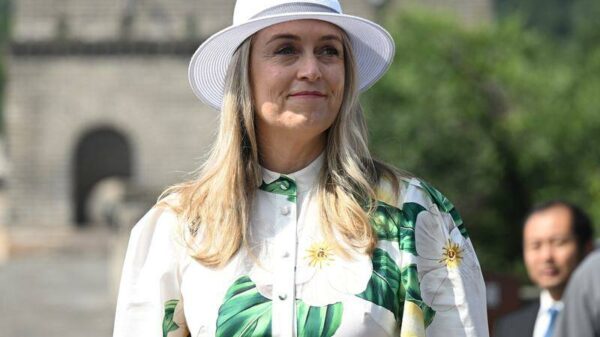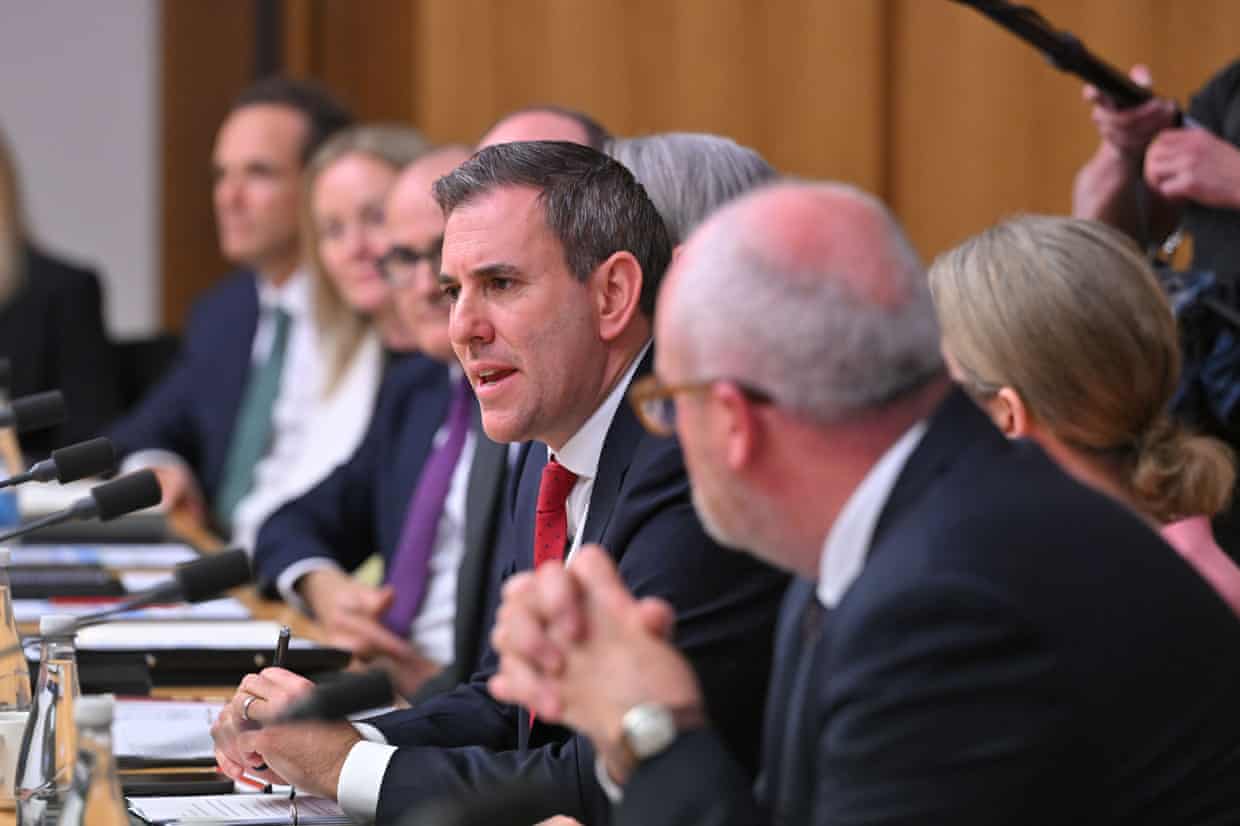The Australian Labor government is at a pivotal juncture as it prepares to address the long-standing issues within the country’s tax system. With a majority of 19 seats, the government has an opportunity to undertake substantial reforms, particularly in light of recent advice from Treasury that highlighted the current budget settings as “unsustainable.”
Political figures, including Jim Chalmers, have been urged to demonstrate the courage and vision necessary to confront these challenges head-on. The pressing need for reform is underscored by a rising discontent among voters, as reflected in the 2022 federal election, which saw only 33.6% of voters supporting major parties, with a growing number opting for independent and minor party candidates.
Calls for Comprehensive Tax Reform
The recent discussions surrounding tax reform have become increasingly urgent, with calls from independent member for Curtin, Kate Chaney, emphasizing the detrimental effects of intergenerational inequity. Chaney argues that without significant changes, younger Australians will face a declining standard of living, worsened health and education outcomes, and a deteriorating environment.
During the past election cycle, the major parties were criticized for their lack of serious proposals, resorting instead to minor adjustments such as a $7 reduction in fuel costs. Chaney pointed out that these small target strategies fail to address the structural challenges that the nation faces. The ongoing gridlock on economic reform, particularly concerning climate change, has further fueled frustrations among the electorate.
The upcoming economic reform roundtable presents an opportunity for the government to address these pressing issues, particularly in relation to the Goods and Services Tax (GST). Currently, Australia’s GST is among the narrowest and lowest in the OECD, applying to just 7.5% of the economy compared to an OECD average of over 11%.
Exploring New Tax Models
The case for reforming the GST is compelling. According to economist Chris Murphy, the GST causes the least economic harm when raising additional revenue, followed by personal income tax, and then company tax. In anticipation of the roundtable, Chaney and economist Richard Holden proposed a “progressive GST” model.
This model suggests increasing the GST rate to 15% while removing exemptions, allowing for a shift in tax burdens from income earners to consumers. To maintain equity, every Australian adult would receive a $3,300 annual payment, effectively making the first $22,000 of spending GST-free. Modelling from the Parliamentary Budget Office indicates that this approach could benefit the bottom 60% of income earners, even before factoring in potential personal income tax reductions from an additional $24 billion in revenue.
As the government prepares for the economic reform roundtable, Chaney’s message is clear: now is the time for bold action. If no substantial reforms are implemented, the major parties will face increasing pressure from voters who are becoming more aware of the urgency for change.
The Labor government has the chance to be a leader in this area, but it must act decisively. The future of Australia’s tax system, along with its impact on generations to come, hinges on the courage of its leaders to embrace reform. With three years until the next election, any party aiming for serious consideration in 2028 must present a tax plan that is fair, future-oriented, and responsive to demographic changes.





























































